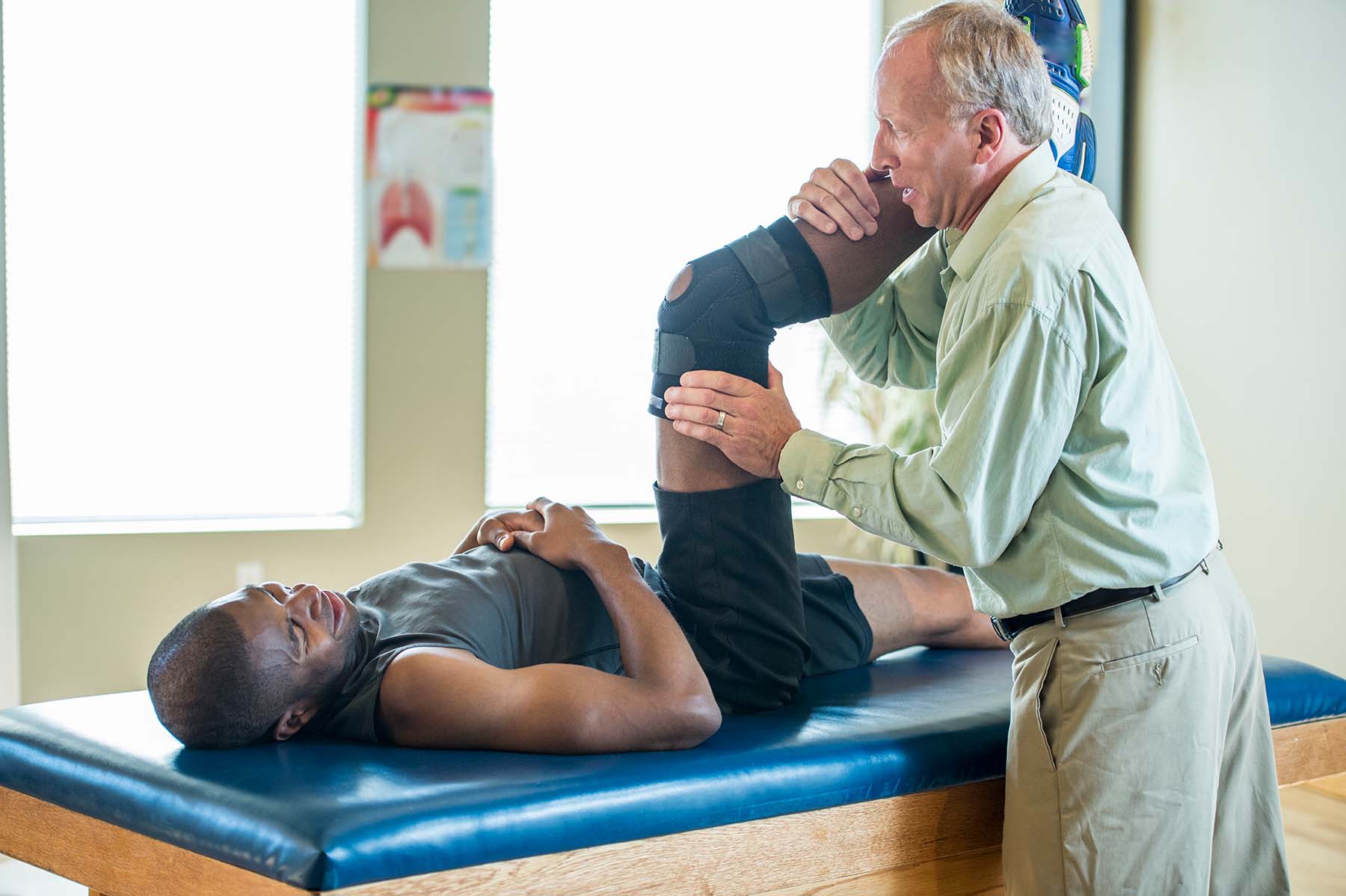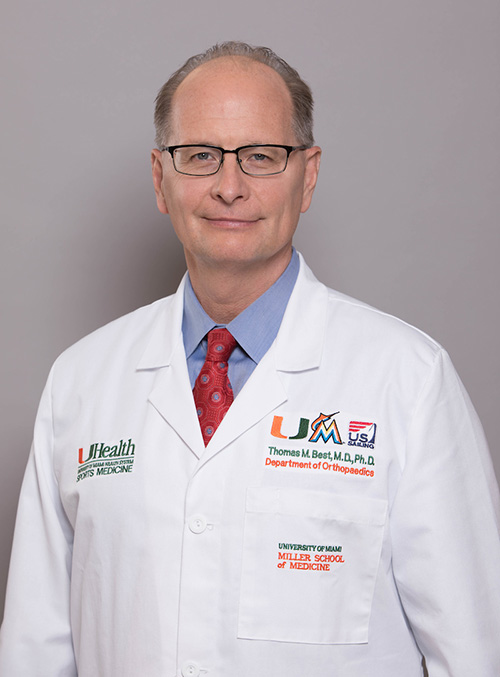Young Athletes and Regenerative Medicine

We urge caution against the hype.
When a young athlete gets injured, parents, coaches and players want one thing: the player healed and back in the game. The faster, the better. But just because new therapies are working in adults doesn’t mean they’re safe to give them to kids or adolescents.
At least not yet.
“We’re seeing parents, coaches, and young athletes, themselves, asking for what we call regenerative medicines,” says Dr. Thomas Best, a primary care sports medicine specialist at the UHealth Sports Medicine Institute, part of the University of Miami Health System. Dr. Best is also the past president of the American College of Sports Medicine.
The most-sought approaches are platelet rich plasma (PRP) and mesenchymal stem cell (MSC) therapies.
As its name implies, PRP is a type of concentrated healing plasma.
It’s created in a lab by drawing a small amount of a patient’s own blood and spinning it at high speeds in a centrifuge. Platelets and human growth factors are separated out from the rest of the blood, and then reinjected back at the site of the injury.
Mesenchymal stem cells (MSCs), he shares, are called the body’s “master cells.”
They can grow into bone, cartilage, muscle and ligament tissues. By harvesting them from a patient’s bone marrow or fat cells, they can be placed where needed to treat muscle, tendon, ligaments and cartilage injuries.
Both techniques are gaining acceptance and use for the famous and not-so-famous everyday adult athlete. And, both are finding their way into youth sports. With the potential to heal common injuries faster, what’s not to like?
Regenerative medicine is exciting. It shows great initial effectiveness and potential. But, we have few significant clinical research studies completed with adults, let alone those under 18. Nationally and internationally, we cannot say if these are safe and effective ways to treat bone, cartilage, ligament or muscle tissue injuries in children and adolescents.
Dr. Best

Dr. Best was the lead author of “Not Missing the Future: A Call to Action for Investigating the Role of Regenerative Medicine Therapies in Pediatric/Adolescent Sports Injuries.” The paper was published in May in the American College of Sports Medicine’s Current Sports Medicine Reports. Within it, he and his five co-authors shared a collective call to action. Their recommendations cover everything from research to regulation, including using caution in treating youth with cell-based therapies until more definitive data is available; and increasing research funding, collaborations, infrastructure and oversight.
They also are sending out an alarm to parents about unregulated clinics popping up across the country. A public awareness campaign is planned about benefits, unknown risks and hype.
“Efficacy, side effects, long-term safety and more need to be thoroughly studied,” says Dr. Best. “We will involve clinicians, scientists, ethicists and others. We want to look beyond the past and the present and not miss the future for our patients.”
If your child has suffered an athletic injury and needs treatment, call the UHealth Sports Medicine Institute at 305-243-3000.
Tags: Pediatrics, regenerative medicine, sports injuries, sports medicine, stem cells, Thomas Best
